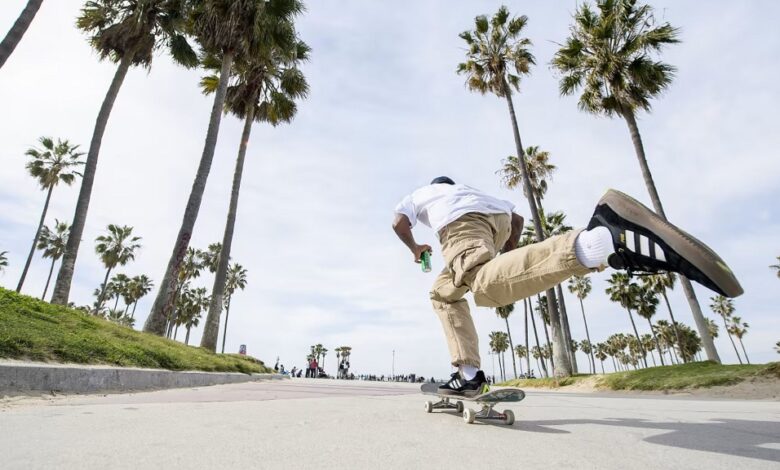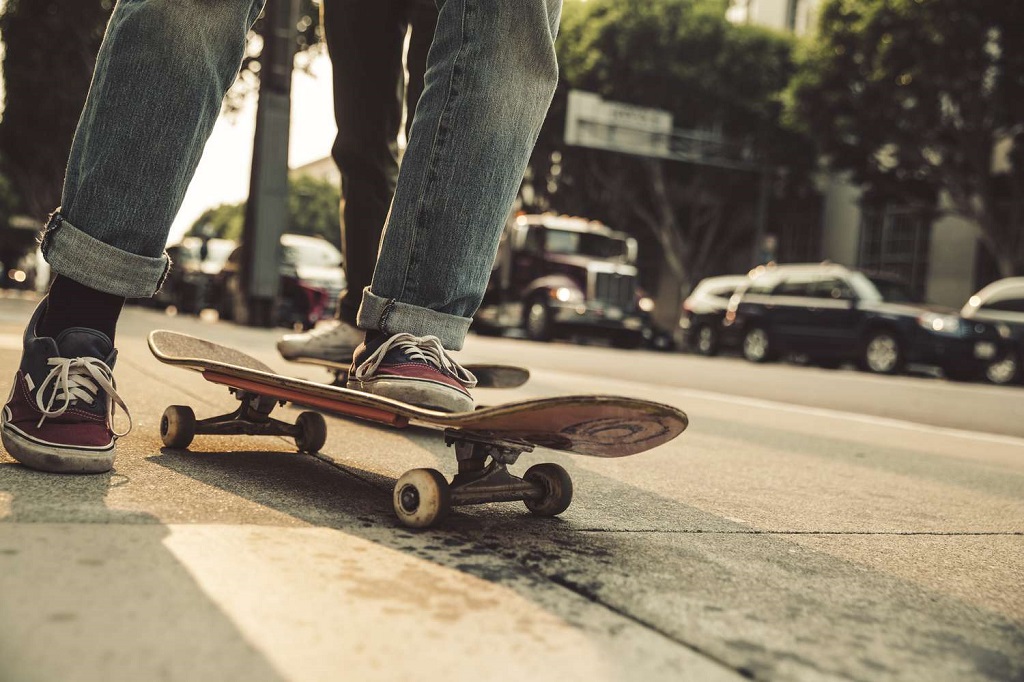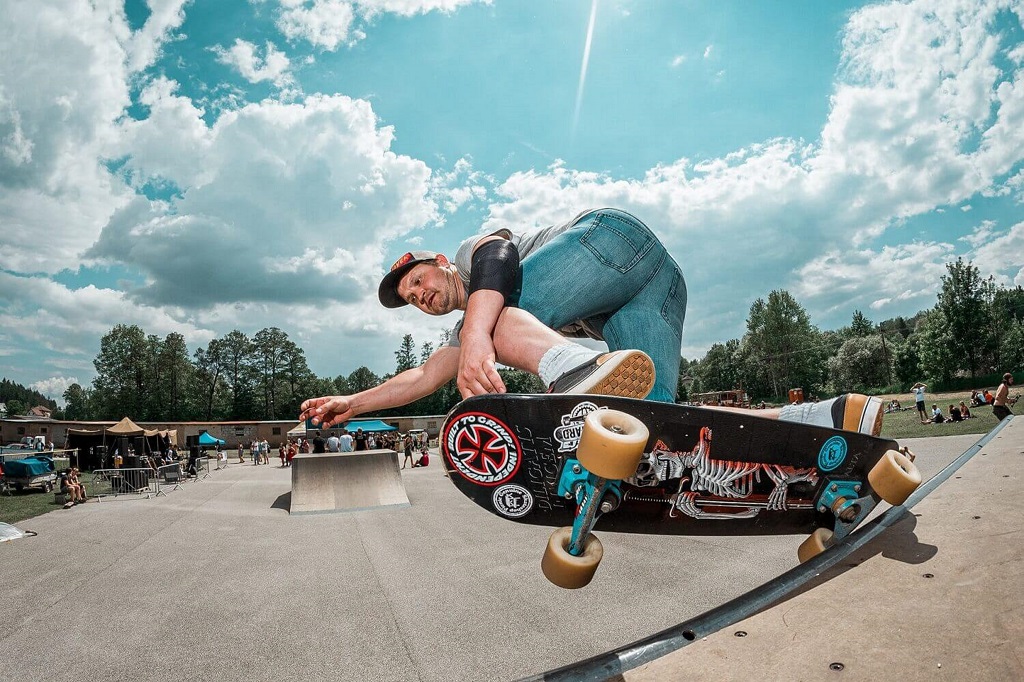
Skateboarding has become a popular sport and mode of transportation for people of all ages. With the rise of skate parks and urban culture, more and more individuals are taking to the streets on their skateboards. But before you venture out onto the asphalt with your board, it’s important to consider the risks and benefits of street skating.
How to Skate on the Street?
Street skating is different from skating in a controlled environment like a skate park. There are no designated paths or ramps, and you must navigate through traffic and pedestrians. Here are some tips to help you get started:
- Familiarize yourself with your skateboard: Before hitting the streets, it’s important to make sure you’re comfortable on your skateboard. Practice balancing, turning, and stopping in a safe area such as your driveway or a skate park.
- Wear protective gear: Since street skating involves more risks, wearing protective gear is crucial. A helmet, knee pads, elbow pads, and wrist guards can save you from serious injuries if you fall.
- Start with less busy areas: As a beginner, it’s best to avoid skating in high traffic areas. Start with quiet streets or empty parking lots to get used to skating on different surfaces.
- Observe traffic laws: Skateboarding is considered a form of transportation, so it’s important to follow traffic laws like stopping at red lights and yielding to pedestrians.
- Be aware of your surroundings: As you skate on the street, always be aware of your surroundings. Watch out for cars, pedestrians, and obstacles on the road.
- Practice different tricks: Street skating also involves performing tricks like ollies and kickflips. Practice these in a safe environment before attempting them on the street.
So, you might be wondering why I didn’t mention anything about the weight of a skateboard yet, right? Well, it’s because the weight of your skateboard does matter when you’re street skating. A lighter board is easier to manoeuvre and perform tricks with, but it might also be less stable at high speeds or on rough surfaces. On the other hand, a heavier board might take more effort to kickflip or ollie, but it could offer more stability and durability. It’s all about finding a balance that works best for your style of skating and the streets you’ll be conquering.
The Pros of Skating on the Street
Skating on the street provides a sense of freedom and creativity that cannot be replicated in a skatepark. You have the entire city as your playground, with endless possibilities for tricks and stunts. It also allows you to explore new areas and discover hidden gems in your own city.
Moreover, street skating forces you to adapt and think on your feet. You constantly have to assess your surroundings and adjust your movements accordingly. This not only improves your skating skills, but also enhances your problem-solving abilities.
Explore with us What to do and not to do with old bikes?
The Cons of Skating on the Street
On the other hand, street skating comes with its own set of risks and challenges. The most obvious one being traffic. Cars, pedestrians, and other obstacles can pose a threat to skaters on the street. It requires a high level of awareness and caution to navigate through busy streets.
Additionally, street skating is not always legal. Many cities have specific regulations and restrictions on where you can skate. This means you could potentially face fines or even get your skateboard confiscated if caught in a restricted area.
Safety Tips for Street Skating
If you do decide to skate on the street, it is important to take the necessary safety precautions. Here are a few tips to help you stay safe while street skating:
- Always wear protective gear, including a helmet, knee pads, and elbow pads.
- Stay aware of your surroundings and be prepared to react quickly to any potential hazards.
- Avoid skating during peak traffic hours or in areas with heavy traffic.
- Familiarize yourself with local laws and regulations regarding street skating.
- Skate in a group or with a spotter to watch out for each other.
Alternatives to Street Skating
If the risks of street skating outweigh the benefits for you, there are alternative options available. These include:
- Skateparks: Designed specifically for skateboarding, these parks offer a safer and more controlled environment for skaters.
Plus, you can still practice and perfect your skills in a skatepark.
- Empty lots or parking garages: These areas may provide a similar feel to street skating without the added risks of traffic.
- Indoor skateparks: If weather or other factors prevent you from outdoor skating, indoor skateparks offer a year-round option for practicing your skills.
Conclusion
In the end, the decision to skate on the street is a personal one. While it offers a sense of freedom and creativity, it also comes with potential risks. It is important to carefully weigh the pros and cons and take necessary safety precautions if you do choose to skate on the streets. Remember, no matter where you choose to skate, always prioritize safety and have fun!



